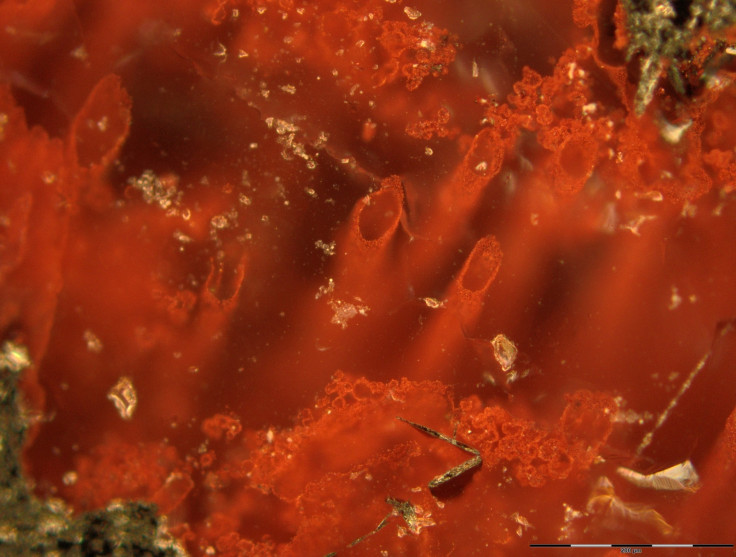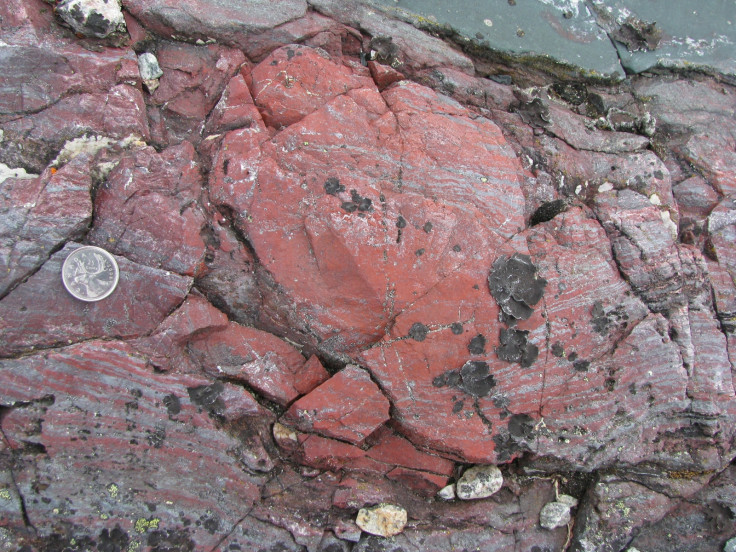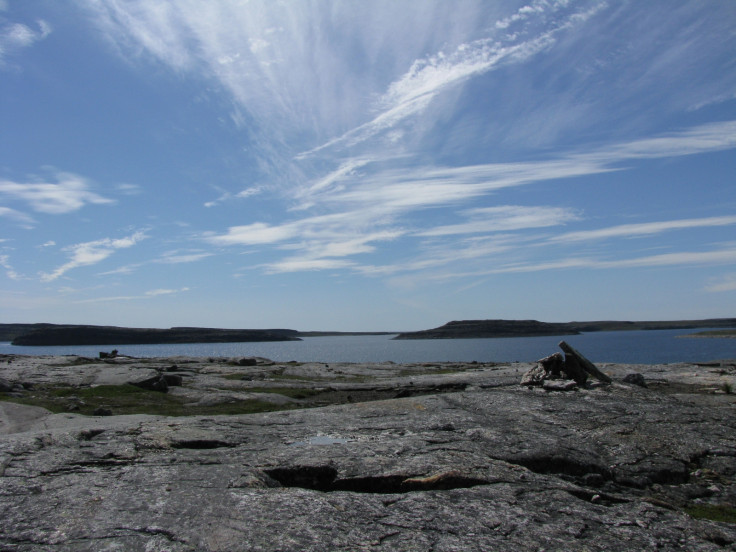The world's oldest fossils have been discovered, raising questions about the origins of life
In some of the oldest sedimentary rocks in the world, scientists have found remains of microfossils.
In a remote region of northern Quebec, scientists have found the remains of microorganisms at least 3.77 billion years old. These tiny fossils represent one of the earliest direct evidence of a form of life on Earth.
Until this discovery, the oldest reported microfossils had been found thousands of kilometres away, in Western Australia. They dated back 3.46 billion years, but some scientists had contested their biological origin.
"The microfossils we found were within rocks that have a minimum age of 3.77 billion years, but some scientists in the field estimate them to be as old as 4.28 billion years," lead author Dr Dominic Papineau, from UCL Earth Sciences and the London Centre for Nanotechnology said.
"They are about 300 million years older than the previously thought oldest microfossils. They are within a few hundred million years from the accretion of the solar system and of planet Earth and the Moon and so on".
Papineau was working in the Nuvvuagittuq Supracrustal Belt (NSB), in Quebec, Canada, where these ancient sedimentary rocks, some of the oldest known on Earth, are located. They likely formed part of an iron-rich deep-sea hydrothermal vent system.
He identified structures which appeared to bend the layer ring within these rocks and he decided to sample and analyse them. The complete findings are now published in the journal Nature.

Biological origins of the structures
Through laser imaging of the samples, the researchers were able to identify these tubular and filamentous structures as probable microfossils. They were half the width of a human hair and up to 0.5mm long.
The team set out to confirm the biological origin of these structures, investigating whether the tubes and filaments features, which are made of haematite – a form of rust – could have been made through non-biological methods such as temperature and pressure changes in the rocks.

Their analyses suggest that all of these possibilities are unlikely. Additionally, the structures were identified alongside graphite and minerals like apatite and carbonate, which are typically found in biological matter and associated with fossils.
The research could yield interesting new insights regarding the origins of life on Earth, and the potential for life to develop on other planets."We might want to look for this kind of fossils on other ancient planetary surfaces, such as the surface of Mars. In 2007, one of the Martian exploration Rovers found beds of haematite concretion. The origins of these structures is not fully understood," Papineau said.
First author and PhD student Matthew Dodd added: "The most exciting thing about this discovery is that we now know that life managed to get a grip and start on Earth at such an early time of the planet's evolution, which gives us exciting questions as to whether we are alone in the solar system or in the universe and if life came so quickly, could we expect it to be a simple process on other planets as well?"

The study was funded by UCL, NASA, Carnegie of Canada and the UK Engineering and Physical Sciences Research Council.
© Copyright IBTimes 2025. All rights reserved.






















